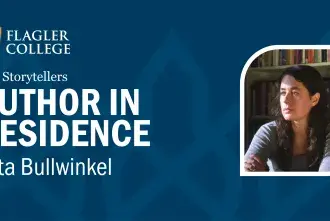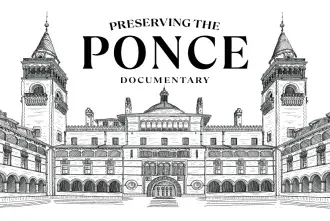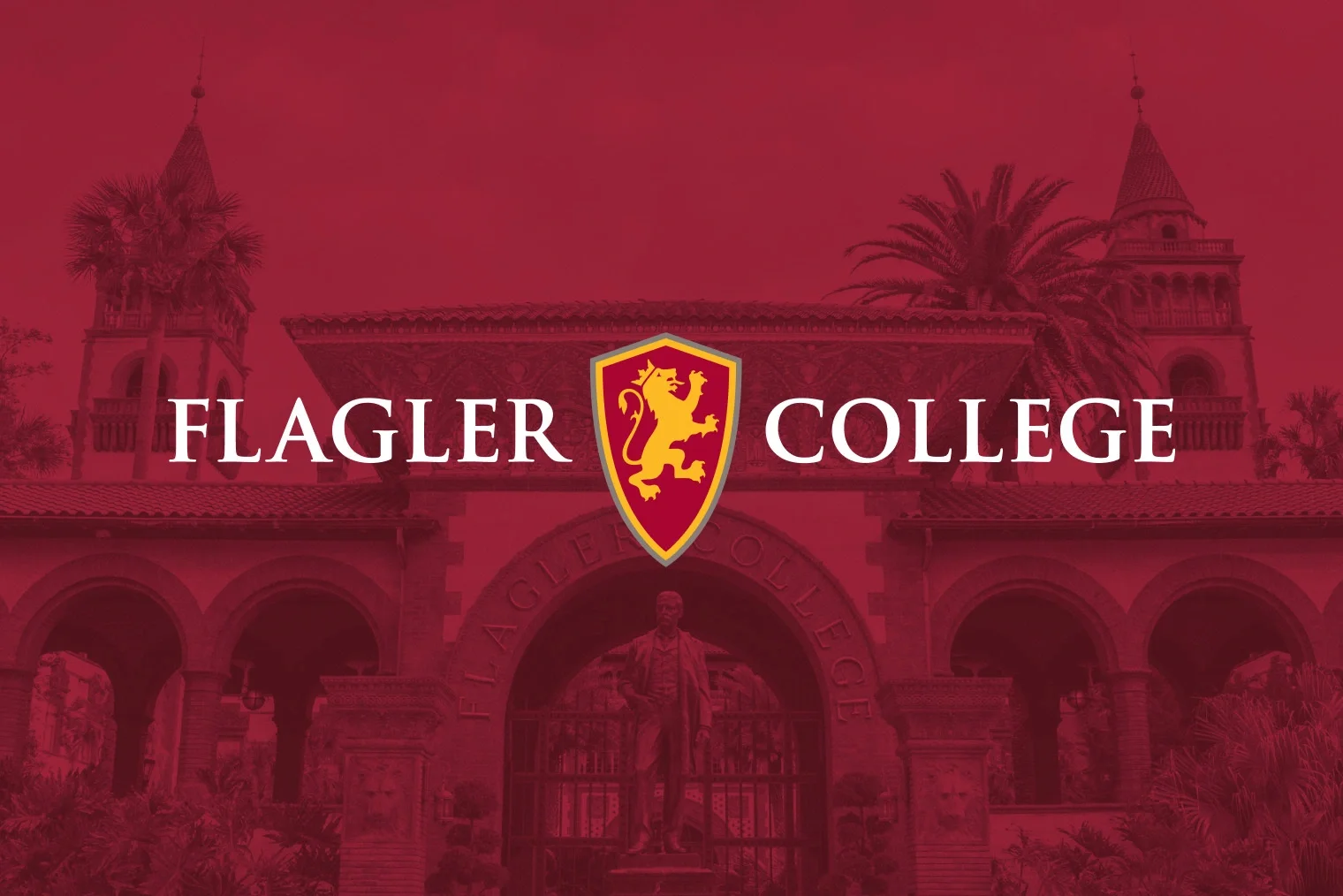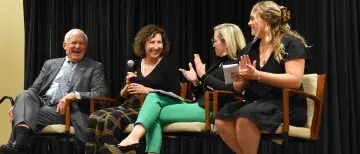
This Women’s History Month, which March was later dedicated as in its entirety, Flagler’s Forum on Government and Public Policy welcomed Washington Bureau Chief and Senior Correspondent for The Fuller Project, Jodi Enda.
The Fuller Project functions as a global newsroom centering its coverage on stories about, and disproportionately affecting, women and was named after American journalist Margaret Fuller, the first U.S. female war correspondent.
Not only was Fuller the first American woman to break into international reporting, but she was also an editor, critic, translator, trailblazer in the field of journalism, and women’s rights advocate.
“There were many women who came before me who really had to fight,” Forum speaker Jodi Enda said during a live Q&A featuring Professor of Social Entrepreneurship Paula Seymour and junior Social Entrepreneurship student Skylar Stoffel. “I knew some of the women who covered the White House before I did, and they were mostly relegated to covering the first ladies.”
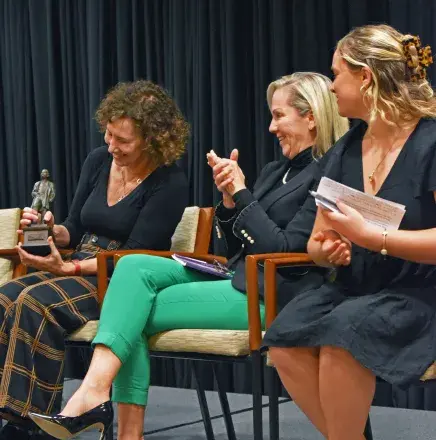
Enda, an award-winning journalist, produces stories focused on the effects of U.S. policies and politics on women and girls in America and around the world. Her distinguished career extends to coverage of government and politics at every level from City Hall and the State House to the White House and Presidential campaigns.
Throughout her career, she’s paid particular attention to “women's rights, challenges, and their emerging power...”
Considering her journalistic repertoire and the title of her Forum lecture “Remember the Ladies: The Spotty Story of Women in Politics and Journalism,” it was only fitting that she opened her speech with a quote from revolutionary and wife to a founding father, Abigail Adams.
“In the spring of 1776, Abigail Adams wrote a letter to her husband, John, who was working on a revolution that would create a new nation and eventually change the world,” Enda began. “Thinking ahead to the drafting of laws Abigail besieged John to, ‘remember the ladies and be more generous and favorable to them than your ancestors.’”
Despite such a fervent desire to participate in this new nation and be protected from past transgressions, Enda reminded the audience that “The U.S. Constitution, written 11 years after Abigail's missive, made no mention of the ladies. Indeed, it would be another 133 years before women would garner the right to vote.”
Enda said suffragettes of the late 1800s and early 1900s protested for the right to vote “not to overthrow the government, but to have a say in it.”
With the ratification of the 19th Amendment on Aug. 18, 1920, women were granted their right to vote and have, according to Enda, been exercising it enthusiastically since. Starting in 1980, when Ronald Reagan won the White House, Enda said women also have voted in greater proportions than men in presidential elections.
“Women have a great deal of power, more than men, in a place you might not expect: the voting booth,” she said. “In terms of public life, that might be the place where we flex our muscles the most.”
However, she admitted that from 1920 when women won the right to vote through Clinton’s defeat of George H.W. Bush in 1992, most women and men usually voted the same way.
“In other words, if most men supported one candidate, most women did too,” Enda said.
While she said some suggest this was because “women voted as their husbands told them to,” Enda said it could be that women and men were voting so similarly because of the streamlined and relatively uniform sources of news information at their disposal.
“Throughout most of our history, Americans were pretty much digesting the same facts, and majority often came to the same conclusions,” Enda said, citing the popularity of news icons like Walter Cronkite, The Huntley–Brinkley Report, Peter Jennings, and Tom Brokaw.
“In 1996 though something changed,” she said. “...For the first time, women were responsible for electing a president.”
She said a “strong majority” of women rallying behind Clinton because of “the issues he championed,” like education, table economic issues, and family leave. But by that year, there were also markedly more women in the newsroom reporting on these issues.
“That year marked the beginning of an important metamorphosis in political power.”
From the voting booth to elected office, Enda said the power shift was palpable. She noted specifically that as they stepped into more positions of political power, women showed a distinct style of governance.
“Why does it matter if women are in the White House or the Governor's mansion or in the halls of Congress or even in the newsroom? Let's go in order:”
She said women in office are inclined to “collaborate more even across the aisle,” and often have a special focus on policies that support women and children by addressing health, education, and poverty.
According to Enda, it’s been women in elected positions who “pushed to include women in clinical trials, to address sexual harassment in the military, and to provide childcare assistance to needy families.”
Beating back against the idea that their attention to issues like this imply a certain laxness in economic or military arenas, Enda said there’s something powerful that female elected officials, and journalists have in common: They “bring their lived experiences to the job.”
Nodding to the reporting done by The Fuller Project and all the female journalist now in the field, she said that’s one reason why there’s more coverage in the news of issues like healthcare, childcare, education, and reproductive rights than there has been in the past.
“We view life through a different prism and our coverage coupled with that of men gives a fuller picture of the news,” Enda said.
